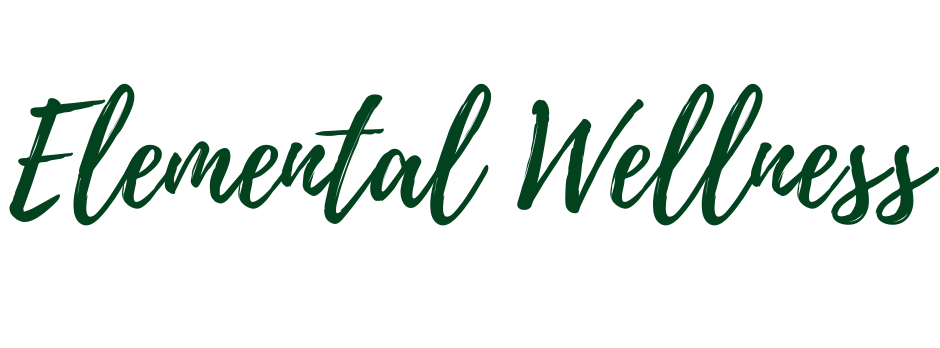Eat the Rainbow + Super Charge Your Health
Keto, vegan, and Paleo.. oh my! With so many popular diets and lifestyles out there, what really is the best one? The answer is there is no right answer. Everyone has unique needs, genetics, biochemistry, preferences, and resources. The bottom line, however, is that we eat to bring nourishment to our body! Whole, clean foods in wide variety is a key element of health. Helping find the nutritional lifestyle the is best for you is something we excel at in the Elemental Wellness program.
In general, however, one of the most important things you can do to improve your health is to eat a plant rich diet.
‘Plant rich’ means that the majority of your diet consists of plant foods while, at the same time, adding an adequate amount of high quality protein and healthy fats (avocados, coconut, and nuts).
Plant foods are important for so many reasons. First, they are absolutely necessary to improve your gut microbiome (the good and healthy bacteria that lives in your GI tract). Plant foods contain fiber which is food for the microbes and also helps to clean the intestines and keep you regular. They are also packed with vitamins and mineral which our body needs for all types of biochemical and hormonal reactions. Lastly, and possibly most importantly, they are full of a wide array of phytonutrients.
Phytonutrients, or phytochemicals, are a group of powerful substances with many health benefits. They include: polyphenols, resveratrol, flavonoids, isoflavonoids, terpenoids, and carotenoids. Science is rapidly discovering how the body puts these things to use. To date, Phytonutrients have been found to super-charge your immunity, reduce inflammation, help in preventing cancer and slow down the aging process.
Although it is well known that you obtain the bulk of your phytonutrients from vegetables and fruits, it may surprise you that eating grass fed beef also supplies adequate amounts of phytonutrients.
One way of easiest ways to get adequate amounts of nutrients and phytonutrients in your diet is to think of eating the rainbow of fruits and vegetables. Make it a fun challenge to eat as many colors as you can each day!
Here are some ideas to get you started:
Red Foods:
Red apples, beets, red cabbage, cherries, cranberries, pink grapefruit, red grapes, guava or guava juice, red peppers, pomegranates, red potatoes, radishes, raspberries, rhubarb, strawberries, tomatoes or tomato sauce, watermelon.
Orange or Deep Yellow Foods:
Apricots, butternut squash, cantaloupe, carrots, corn, grapefruit, lemons, mangoes, nectarines, oranges, papaya, peaches, pears, persimmons, pineapple, pumpkin, sweet potatoes, yellow peppers, yellow squash.
Green Foods:
Artichokes, asparagus, avocados, green apples, green beans, broccoli, bok choy, chard, collard greens, cucumbers, grapes, green onion, honeydew melon, kale, kiwi, lettuce, lime, peas, peppers, spinach, zucchini.
Blue or Purple Foods:
Bilberries, blackberries, black currants, blueberries, eggplant, elderberries, kelp, prunes, purple grapes, raisins.
One caveat to consider is if you are battling diabetes, insulin resistance, belly fat, weight loss issues and gut dysbiosis, it is best to focus on low glycemic fruits (berries) and vegetables.
The optimal amount of vegetables is 12 to 18 servings per day with a 1/2 cup being one serving. Limit your low glycemic fruit (berries) to half cup per day or one piece of fruit per day.
Although it is best to purchase organic vegetables and fruits, I recommend you check out the Environmental Working Group site (ewg.org). This site provides the top 12 fruits and vegetables with the most pesticides. It is called the Dirty Dozen. It also lists the top 15 fruits and vegetables with the least amount of pesticides. It is called the Clean Fifteen.
References:
https://pubmed.ncbi.nlm.nih.gov/25051278
https://www.happyhealthycouple.com/rainbow-diet-food-list
***The information on this website is not intended to replace a one-on-one relationship with a qualified health care professional and is not intended as medical advice.***
